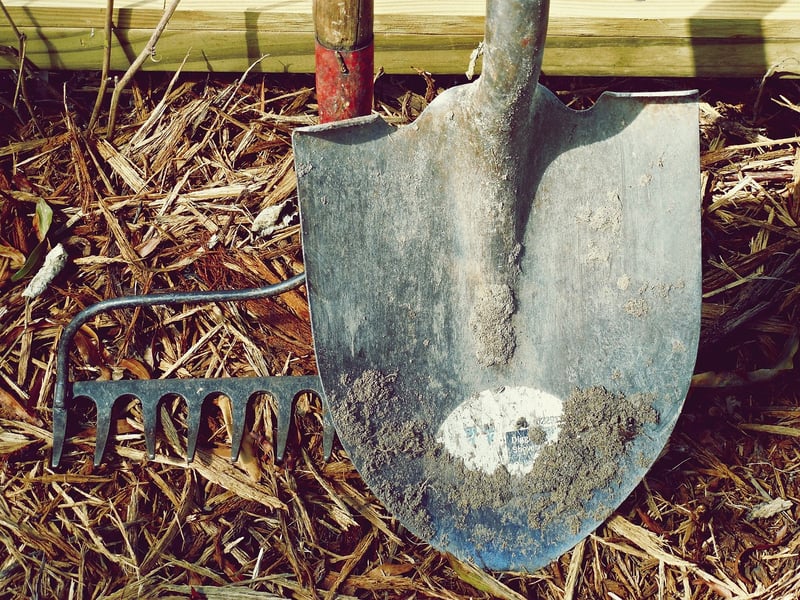Pruning Techniques
Keeping Your Garden Healthy + Pruning Techniques
Introduction
Welcome to our guide on maintaining a healthy garden and mastering pruning techniques. A well-kept garden not only enhances the beauty of your outdoor space but also contributes to the overall well-being of your plants. Pruning, an essential gardening task, helps promote growth and shape plants effectively. Let's delve into some tips and techniques to keep your garden flourishing!
1. Soil Care
Healthy soil is the foundation of a thriving garden. Ensure your soil is well-draining, nutrient-rich, and at the right pH level for your plants. Regularly test your soil and amend it as needed with compost or organic matter.

2. Watering Wisely
Proper watering is crucial for plant health. Water your garden early in the day to reduce evaporation and fungal issues. Be mindful not to overwater, as it can lead to root rot. Consider using a soaker hose or drip irrigation for efficient watering.

3. Pruning Techniques
Pruning is the process of selectively removing branches or stems to benefit the plant's health and growth. Here are some pruning techniques to master:
3.1. Deadheading
Remove spent flowers to encourage new blooms and prevent seed formation. Deadheading redirects the plant's energy into producing more flowers.
3.2. Thinning
Thinning involves selectively removing branches to improve air circulation and light penetration within the plant. This technique reduces the risk of disease and promotes overall plant health.
3.3. Heading Back
Heading back is the trimming of a portion of a branch to stimulate new growth. This technique is useful for shaping plants and controlling their size.
Conclusion
By following these tips on soil care, watering wisely, and mastering pruning techniques, you can ensure a healthy and vibrant garden. Remember to observe your plants regularly, tailor your care to their specific needs, and enjoy the beauty of a well-maintained garden!
Happy gardening!
